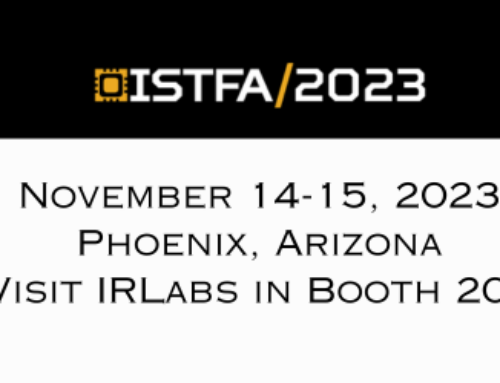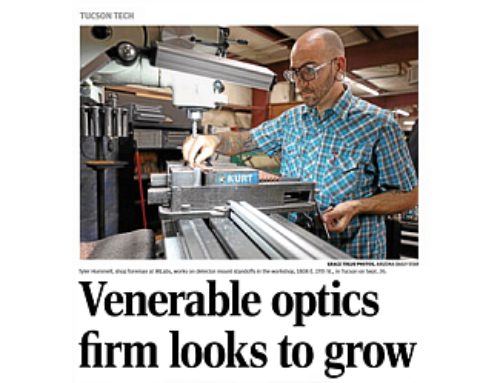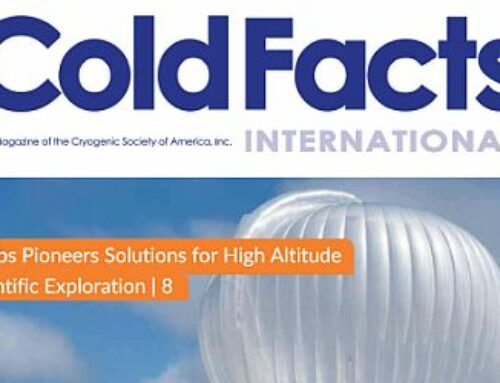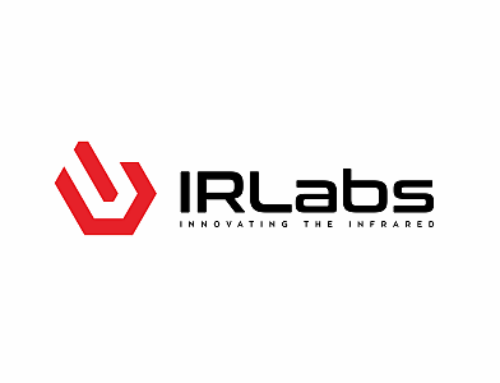Control Gold, Nickel, and Copper Emissivity
Controlling gold, nickel, and copper emissivity with mechanical solutions alone is not enough to reduce stray light from entering the detector. In addition to tight-fitting or potted wiring feedthroughs, or stepped interfaces, we also use coatings and surface processes to control the emissivity of internal system components.
Here are a few examples of the coatings and surface process options offered through IRLabs.
Coatings and Techniques to Lower Surface Emissivity
These coatings and techniques lower the surface emissivity, making it more reflective, particularly in the IR spectrum. Lowering the emissivity prevents radiative heat transfer between two surfaces of different temperatures eg between a room temperature vacuum case and a cold radiation shield.
Foil and Multi-layered Insulation
Foil and MLI applied to vacuum cases and radiation shields improve thermal performance. The adhesives used to apply these can outgas and saturate getter materials. For that reason, we usually reserve these for our 4K systems.
Surface Process: Polished Aluminum
Polishing internal surfaces of vacuum cases and radiation shields is the preferred method of reducing surface emissivity on typical cryostats. A polished aluminum surface can greatly reduce radiative heat transfer, thus improving cryogenic performance. It is an effective low-cost option when nickel, gold or other low-emissivity coatings are not required.
Surface Coatings
Nickel
Low emissivity nickel can be added to internal aluminum components. Nickel plating increased the hardness of aluminum alloy but is primarily used within cryogenic systems to increase corrosion resistance. Nickel also has a relatively reflective (low emissivity) surface that can help to reduce the thermal load on a system due to radiative heat transfer.
Gold
Gold is highly reflective in the IR spectrum and is the best material to use when emissivity must be kept as low as possible. It is routinely used for space-based applications as well high-end IR mirrors. We have experience with the processes for gold coating both copper and aluminum components. It is standard practice for us to gold coat all internal copper parts.
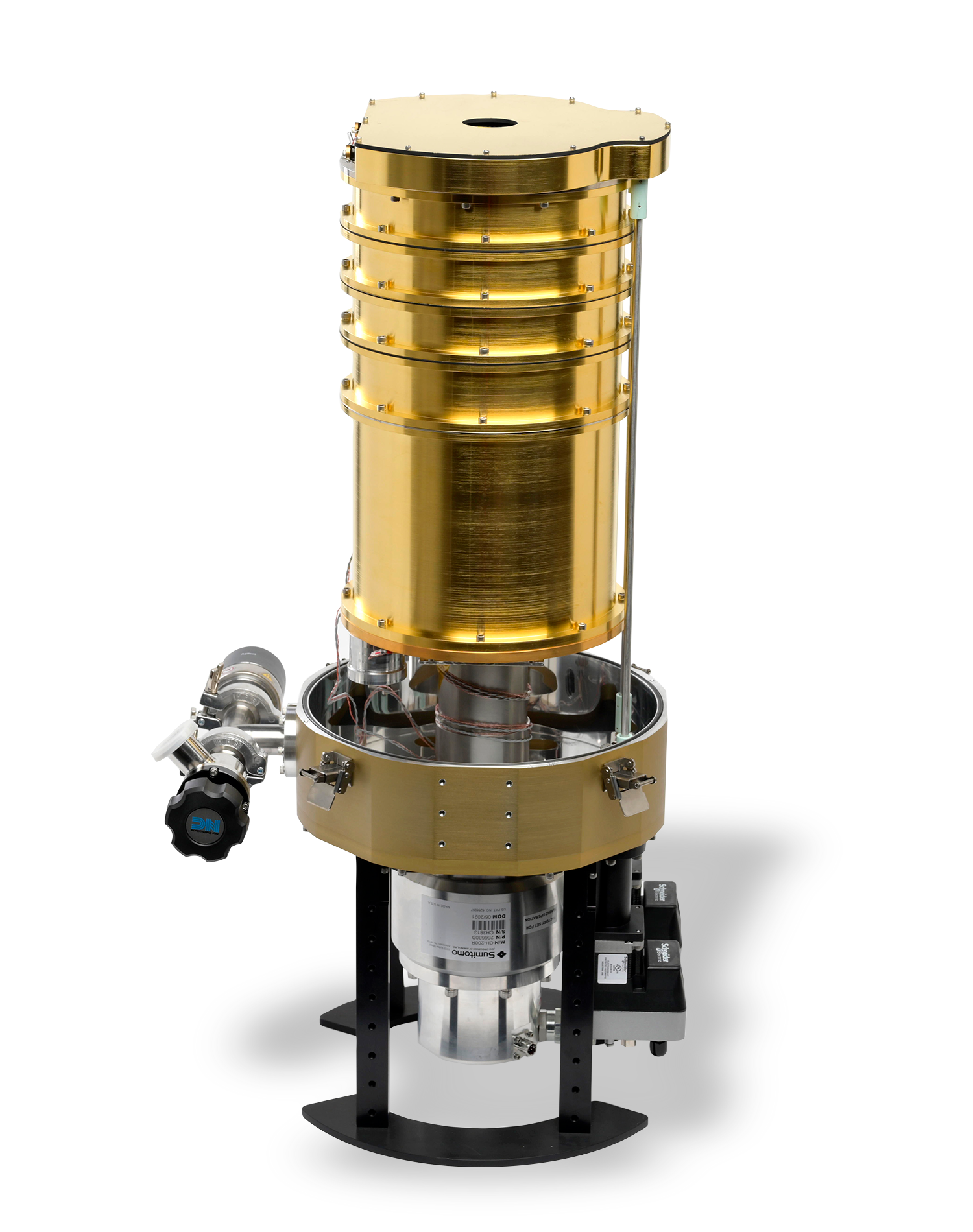
Coatings and Techniques to Increase Surface Emissivity
These coating and techniques make the surface more diffuse and opaquer to prevent light from reflecting within a system. These processes are typically used with IR camera and detector systems combined with stray light blocking designs. For instance, baffle tubes and shields around an IR detector are usually as dull and dark as possible.
Surface Process: Sand Blasting
Sandblasting is a low-cost technique used to roughen a surface and is typically combined with black anodize.
Surface Coatings
Black Anodize
Black anodization is a durable coating used to increase the surface emissivity of aluminum parts. Anodization is not as good as Aeroglaze for increasing emissivity, but it is cheaper and more durable. For example, a baffle tube with threaded rings would be anodized because they need to thread together.
Aeroglaze Z306 or Aerospace Black
Aeroglaze is routinely incorporated into our IR detector systems. It is a two-part epoxy that is particularly efficient at absorbing IR radiation. Aeroglaze can increase emissivity to 98% or more, exhibits low outgassing in high-vacuum environments, and can withstand the stresses of cryogenic cycling. Compared to anodization, Aeroglaze is more costly and less durable, but is the best choice for high-emissivity applications such as astronomical cameras.
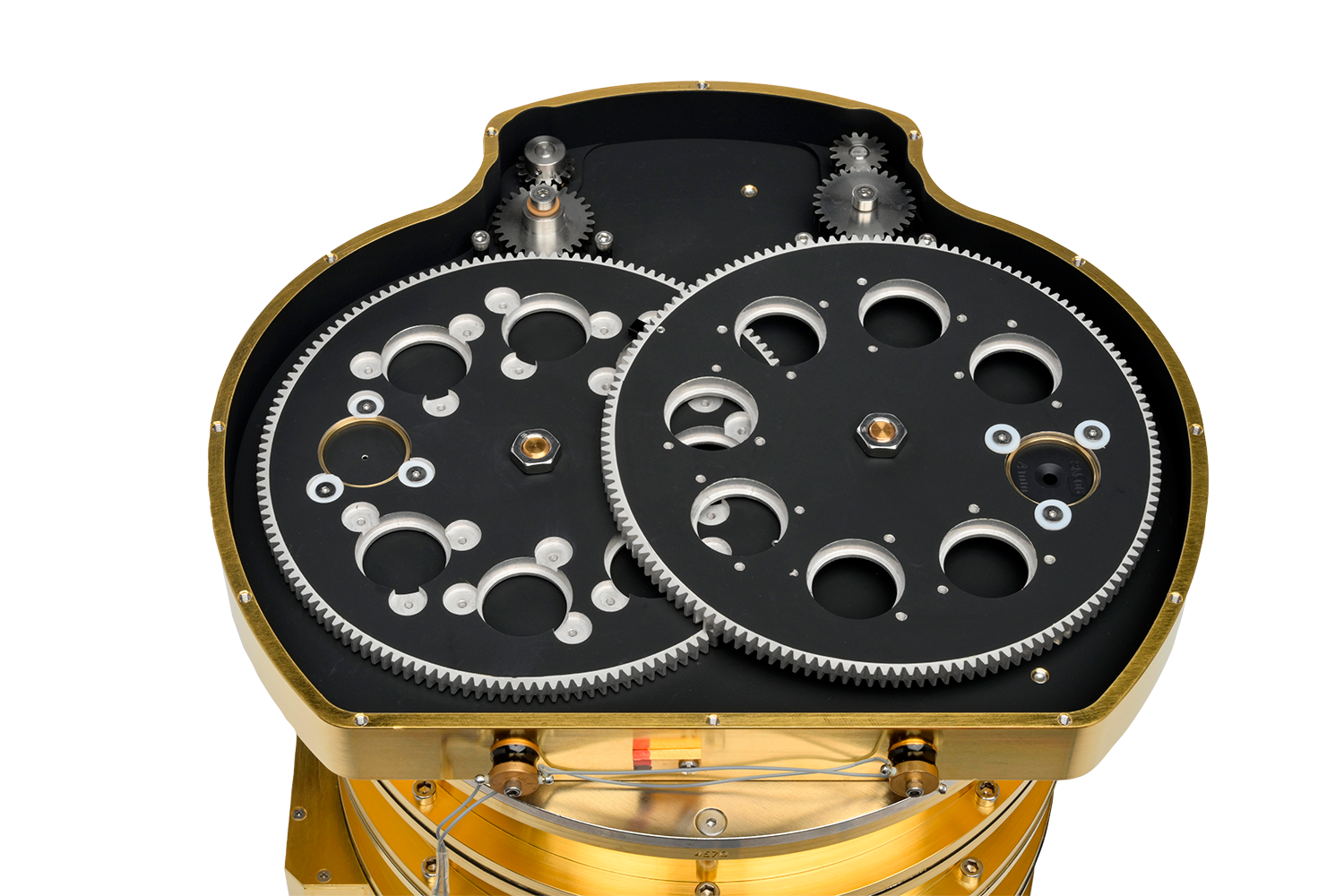
IRLabs has decades of experience designing low-signal infrared detection systems. Let us bring our extensive knowledge base and proven processes to deliver the optimal solution for your unique application.

